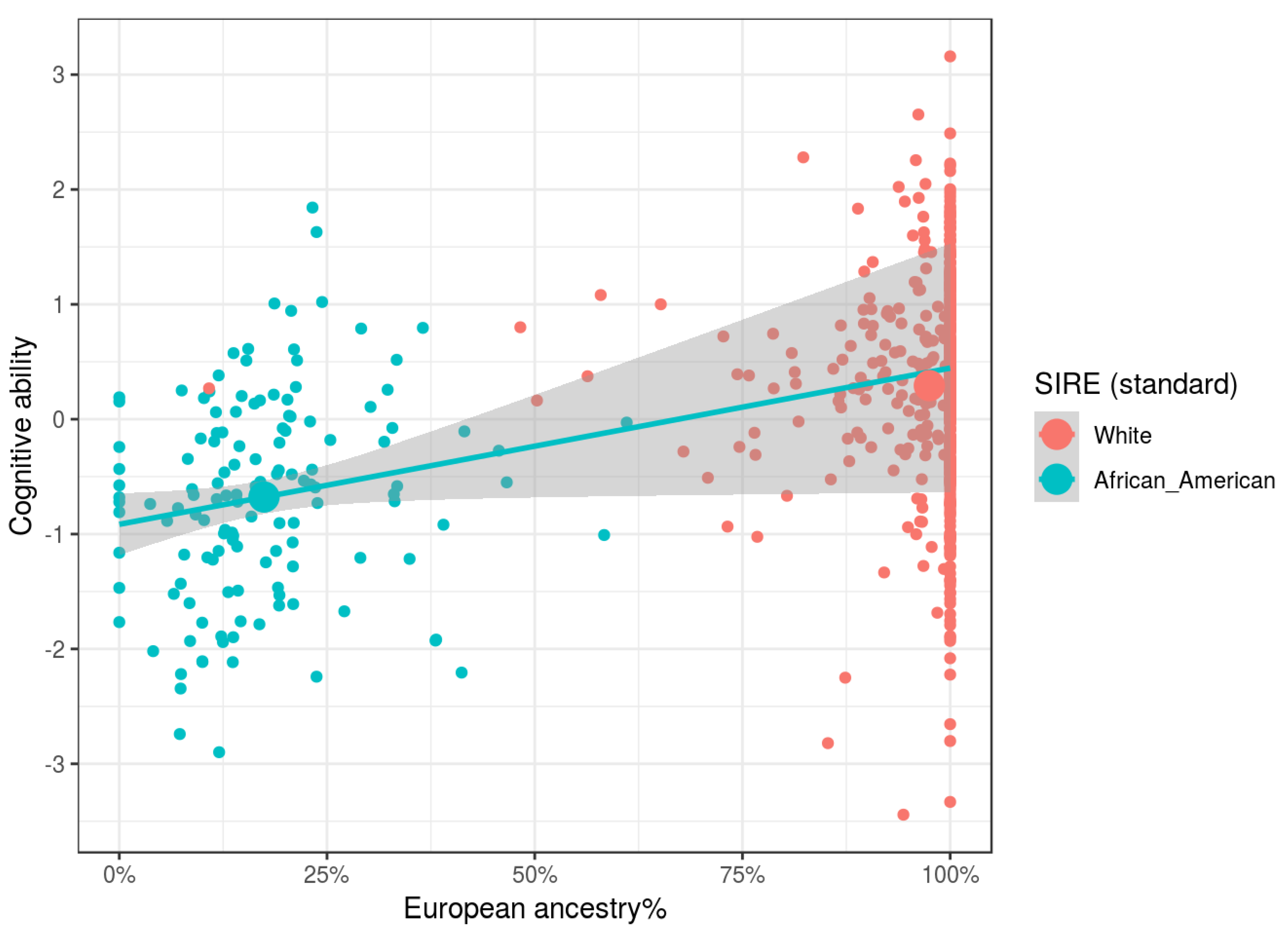Most people around the world do not believe the US government ever landed anyone on the Moon. A Moon Landing skeptic summarizes his reasons for skepticism concerning one giant hoax for mankind:
I am not going to discuss all the evidence presented in these sources. I can only recommend them and a few others on the way. I will simply sort what I see as the most convincing arguments, add a few recent developments, give my best conclusion, place the issue in the broader historical perspective, and draw some lessons from it all about the Matrix we have been living in.
First of all, we need to be clear about the aim of such an inquiry. We should not expect any conclusive proof that Neil Armstrong, or any other Apollo moon-walker, didn’t walk on the moon. That cannot be proven, absent some indisputable evidence that he was somewhere else (orbiting around the earth, for example) at the precise time he claimed to have spent on the moon. In most cases, you cannot prove that something didn’t happen, just like you cannot prove that something doesn’t exist. You cannot prove, for example, that unicorns don’t exist. That is why the burden of proof rests on anyone who claims they do exist. If I say to you I walked on the moon, you will ask me to prove it, and you will not take as an answer: “No, you prove that I’m didn’t go.” Does it make a difference if I am the NASA? It does, because calling the NASA a liar will inevitably lead you to question everything you have been led to believe by your government and mainstream media. It is a giant leap indeed! Just like children of abusive parents, decent citizens of abusive governments will tend to repress evidence of their government’s malevolence. And so, people choose to believe in the moon landings, without even asking for proofs, simply because: “They wouldn’t have lied to us for more than 50 years, would they? The media would have exposed the lie long ago (remember the Watergate)! And what about the 250,000 people involved with the project? Someone would have talked.” I can actually hear myself speaking like that just 10 years ago. All these objections must indeed be addressed.
But before that, the scientific thing to do is to start with the question: can the NASA prove they sent men to the moon? If the answer is no, the next step is to decide if we take their word for it or not. That requires pondering what could have been the reasons for such a massive lie. We will get to that.
But, first of all, can the NASA provide hard evidence of the moon landings?
As for those who resort to the logical argument that the Russians would have disputed the Moon landings if they were faked, they should probably keep in mind that most Russians don’t believe that the US ever landed anyone on the Moon.
Decades since 1969, many Russians are still unable to believe in that “small step” that Armstrong took on the Moon. True, the so-called ‘lunar conspiracy’ was invented in the U.S., but no other country in the world has so fully embraced this indestructible conspiracy theory as Russia. Many Russians believe that the U.S. government staged a complex hoax, and that the alleged Moon landing was in fact filmed in Hollywood. At the moment, this myth is NOT believed by – brace yourself – only 24 percent of Russians!
I haven’t believed in the veracity of the Moon landings ever since seeing the interview with the Apollo astronauts. And, of course, I always reject every Official Story endorsed by the U.S. government on principle, because it has always – ALWAYS – proven to be less than entirely true for one reason or another.
